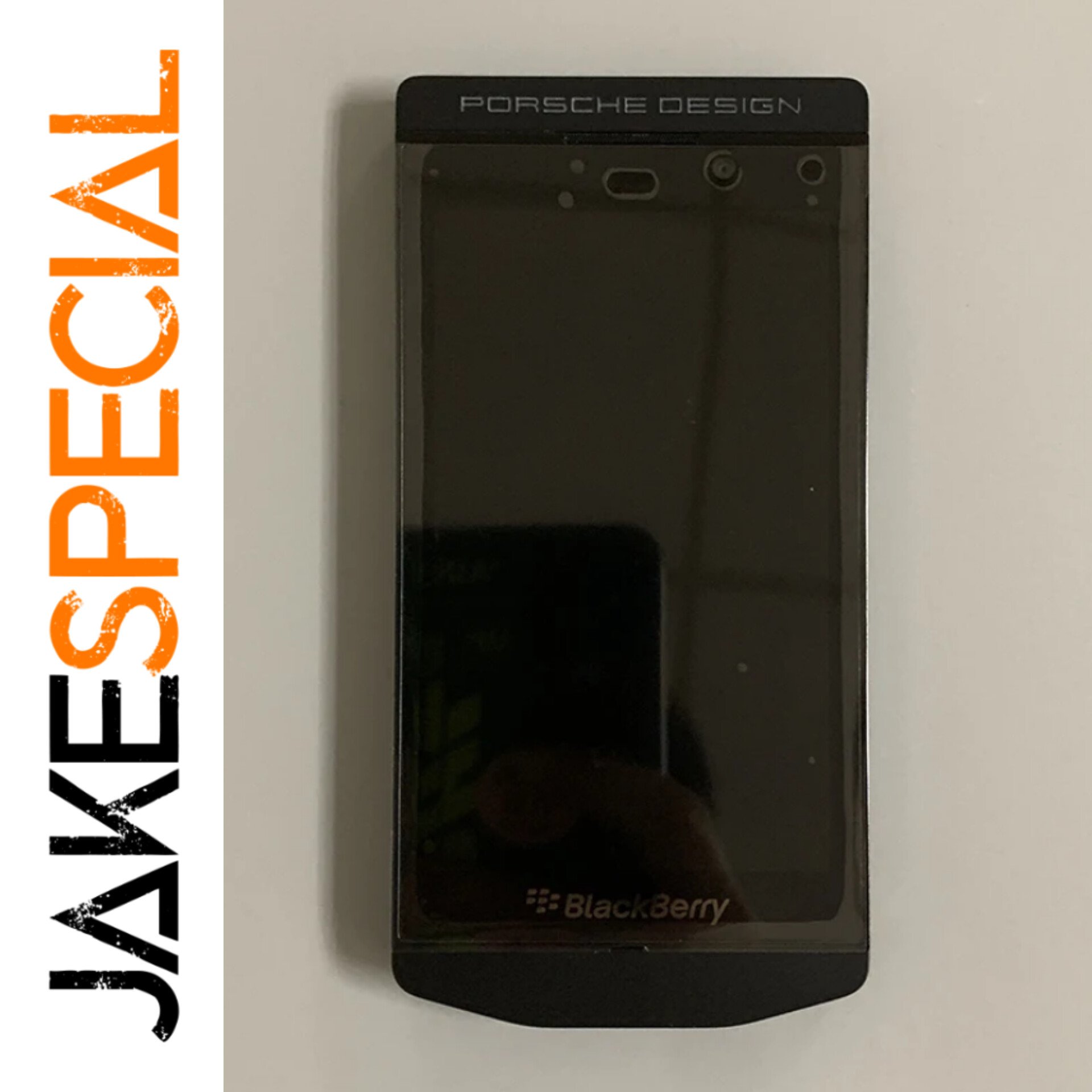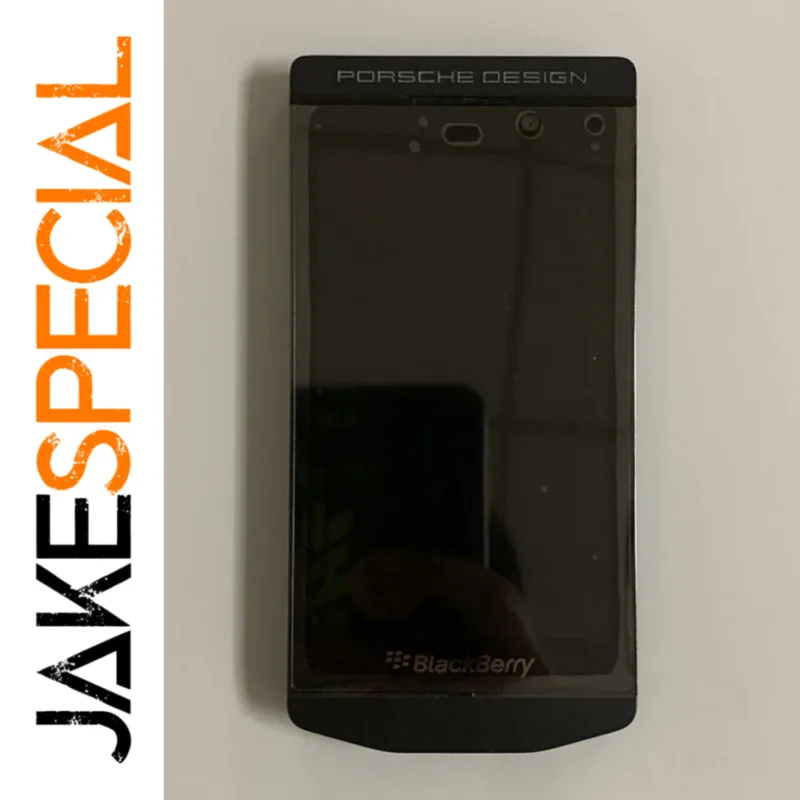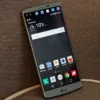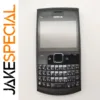Timeless Titans of Tech: Celebrating the Legacy and Innovation of BlackBerry and Nokia
In the dynamic world of mobile technology, trends change at an astonishing pace. However, certain brands have managed to carve a niche for themselves, establishing an enduring legacy. Among these, BlackBerry and Nokia stand out, not just for their innovative products but for their profound impact on how we communicate and connect. This article explores the historical significance, unique features, and continued appeal of these iconic mobile brands.
BlackBerry: A Pioneer of Mobile Communication
BlackBerry, once synonymous with business communication, has a rich history that dates back to the early 1990s. The brand was initially known for its pagers but quickly evolved into a smartphone powerhouse in the 2000s. Here are some reasons for the brand’s lasting appeal:
- Business-Centric Features: BlackBerry devices were designed with professionals in mind, integrating robust email capabilities, secure messaging with BlackBerry Messenger (BBM), and a strong focus on productivity.
- Security Standards: Security was at the core of BlackBerry’s appeal. The brand developed an enterprise-grade security model, making it a preferred choice for government agencies and corporations that valued confidentiality.
- Physical Keyboard: One of the defining characteristics of BlackBerry devices is their tactile QWERTY keyboards. While touchscreen devices have become the norm, many users still appreciate the satisfying feedback of mechanical buttons for typing.
- Multitasking Capability: BlackBerry smartphones offered enhanced multitasking capabilities, allowing users to switch between applications seamlessly—a feature that aligns with the fast-paced world of business.
The Evolution of BlackBerry
Despite facing stiff competition from the likes of Apple and Android, BlackBerry attempted to evolve with changing technological landscapes. The transition to the BlackBerry 10 operating system showcased efforts to modernize their offerings with a more intuitive interface and support for apps. However, the market had shifted significantly, leading to a decline in their share.
Today, BlackBerry has pivoted from hardware to software, focusing on security software and services, particularly in the realms of IoT (Internet of Things) and enterprise security. This shift highlights the brand’s resilience and adaptability in a competitive environment.
Among the noteworthy products still available is the BlackBerry Neon DTEK50 Smartphone. This exceptional device features a 5.2″ display and 3GB RAM for seamless performance and appealing visuals. Its sophisticated design and bundled accessories, including a charger and USB cable, make it an attractive option for today’s consumers.

Yet, if you’re looking for a luxury experience, consider the BlackBerry Porsche Design P’9982 Unlocked Smartphone. This device combines high performance with a sophisticated design. Featuring 2GB of RAM and a stunning 12MP camera, it captures beautiful photos while providing a sleek touch to your style.

Nokia: The Legacy of Endurance and Innovation
Nokia, a name that resonates with many, has been a major player in the mobile industry since the late 20th century. Known for its reliability and innovative designs, Nokia has not only survived the transition to smartphones but has reinvented itself multiple times. The key factors contributing to Nokia’s timeless appeal are:
- Durability: Nokia phones, especially models like the Nokia 3310, became legendary for their near-indestructible build quality. The phrase “Nokia phones can survive anything” has become commonplace, emphasizing their reliability and longevity.
- Pioneer in Technology: Nokia introduced several groundbreaking technologies, including the first camera phone in 2002, which paved the way for the camera-centric smartphones we use today. Their early adoption of 3G and 4G networks showed a commitment to innovation.
- User-Friendly Interfaces: The simplistic design and user-friendly interface of Nokia phones made them accessible to a wider audience. From feature phones to smartphones, the ease of use has remained a hallmark of the brand.
- Strong Ecosystem: With the introduction of the Windows Phone platform, Nokia aimed to offer a distinct alternative to Android and iOS. Though the partnership didn’t pan out as planned, Nokia’s dedication to diversifying its software ecosystem remains noteworthy.
The Resurgence of Nokia
Recent years have seen a resurgence of the Nokia brand under HMD Global, focusing on the production of nostalgic feature phones while also entering the smartphone market with modern offerings. The combination of retro designs and contemporary features has tapped into both nostalgia and innovation, appealing to both old fans and new users alike.
Conclusion
As we explore the journeys of BlackBerry and Nokia, it’s clear that both brands offer unique lessons in adaptability, innovation, and resilience. BlackBerry’s focus on business and security and Nokia’s emphasis on durability and user-friendliness have forged their identities in the mobile landscape. While they may no longer dominate the market, their legacies continue to influence new technologies and consumer expectations.
Ultimately, the timeless appeal of BlackBerry and Nokia serves as a reminder that strong foundational principles—whether in design, functionality, or user experience—can create an enduring impact in the fast-evolving world of mobile technology.





